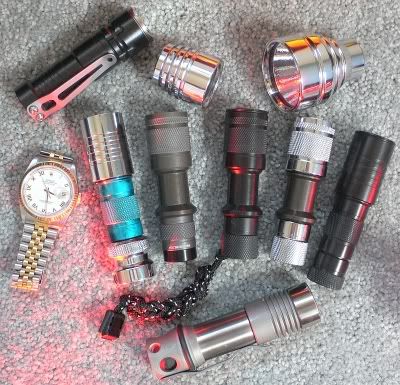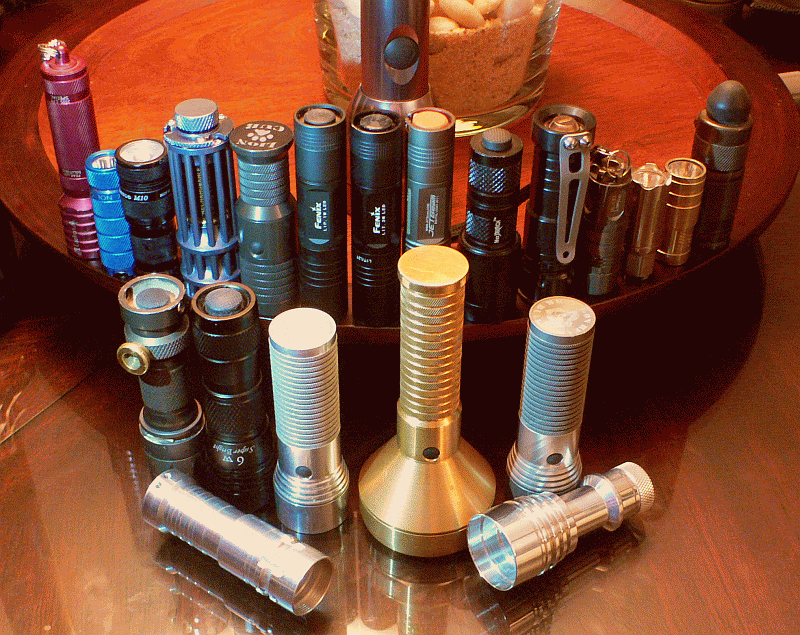Jesus, you're really not listening are you.
Tritium paint on watches is a mixture of tritium (incorporated into a polymer or other carrying agent) and phosphor. Tritium is naturally radio-active and needs no external source of light or charge to work. Tritium does not glow. As it decays, tritium emits beta radiation, which is a bunch of excited electrons that in turns excite the electron in the phosphor atoms making them emit photons, or light, as they return to their ground (non-excited) state: the phosphor GLOWS. Phosphor can also be excited by UV light from the sun or other light sources. Thus, the tritium paint relies on tritium radioactivity to make the phosphor glow in the dark, not any charge from external light source.
Tritium, has a half life of 12.3 years, a half-life is simply the time it takes HALF of the tritium to decay. So, as long as you have enough tritium in your paint, the watch will glow in the dark for years, not hours or days, without any need of charging. If your watch stops glowing after an hour in the dark, it means that the glow came from the light exciting the phosphor atoms, not from the tritium. In other word, most of the tritium in your watch is GONE! This is quite possible even with a fresh coat of tritium paint if that paint has been sitting around in the watchmaker's shop or supplier's shelf for years. The 12.3 years of half-life starts from the second the tritium is born (i.e. freshly produced), not from the time the paint is applied to your watch.
There is no little glass tubes underneath the dial markers.


